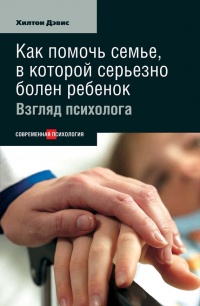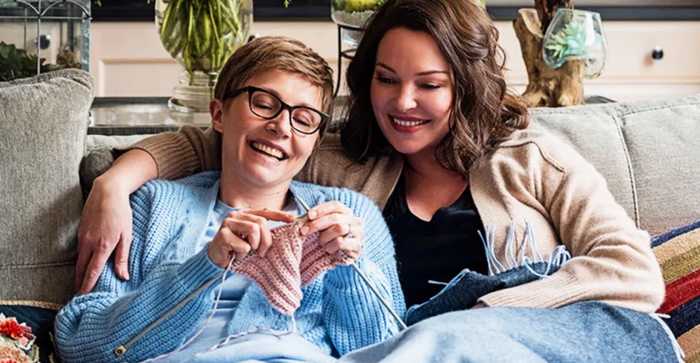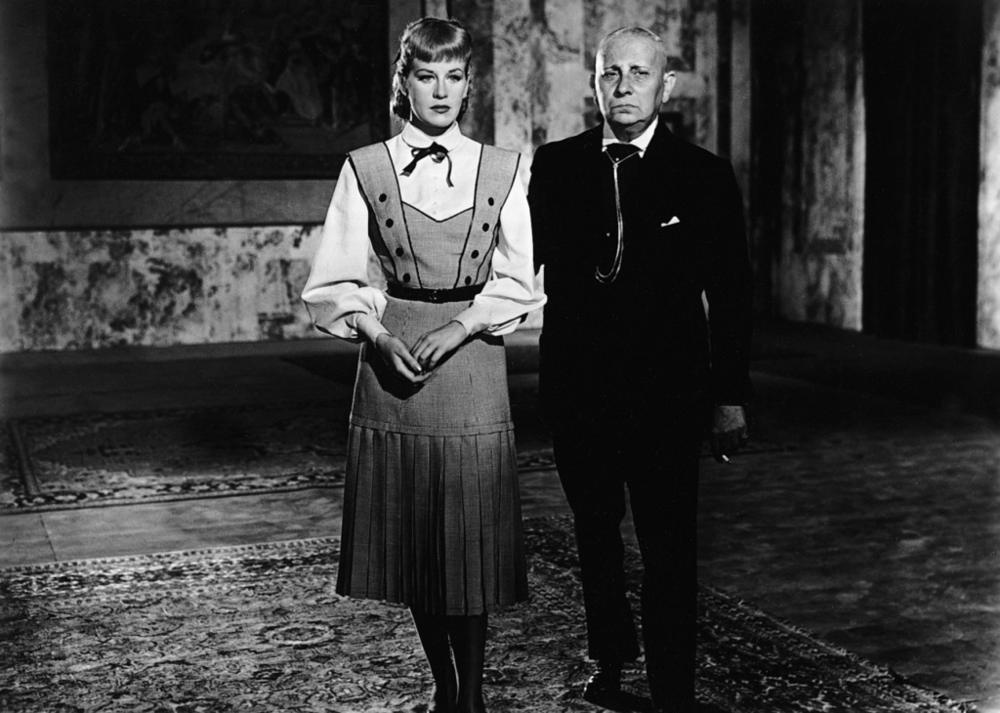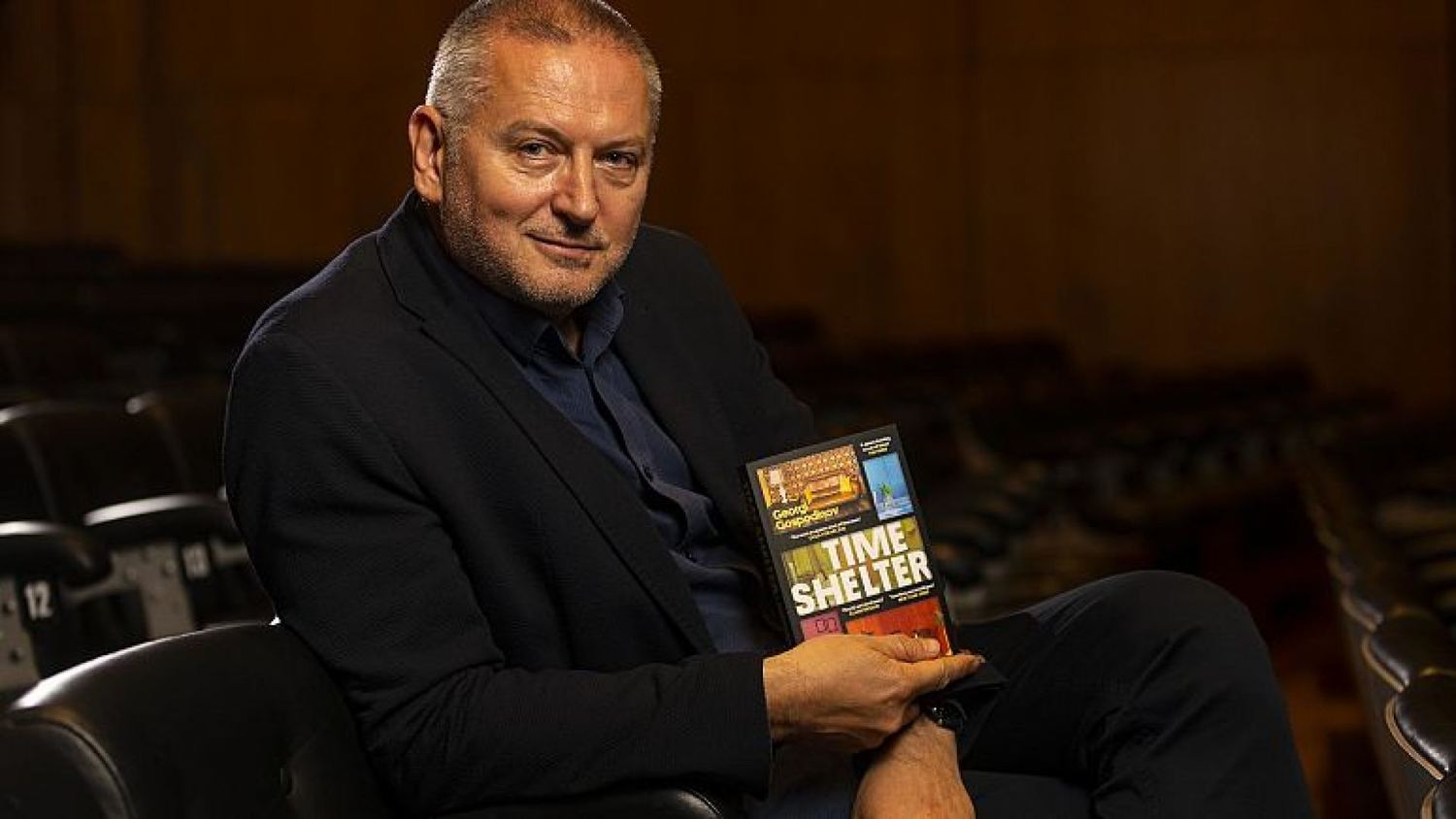Семья с детьми. Выжить и не сойти с ума - Найджел Латта
Книгу Семья с детьми. Выжить и не сойти с ума - Найджел Латта читаем онлайн бесплатно полную версию! Чтобы начать читать не надо регистрации. Напомним, что читать онлайн вы можете не только на компьютере, но и на андроид (Android), iPhone и iPad. Приятного чтения!
Шрифт:
Интервал:
Закладка:
27
Эдвард Майкл «Беар» Гриллс – британский путешественник, телеведущий и писатель. – Примеч. ред.
28
Hunter R. (2003). Adversarial mythologies: policy assumptions and research evidence in family law. Journal of Law and Society. 30 (10): 156–176.
29
Mayer B. (2013). Mediation: fifty years of creative conflict. Family Court Review. 51 (1): 34–41.
30
Glover J. (2008). Mediation in the family court setting: does it work? Child Care in Practice. 14 (3): 293–310.
31
Harris-Short S. (2010). Resisting the march towards 50/50 shared residence: rights, welfare and equality in post-separation families. Journal of Social Welfare and Family Law. 32 (3): 257–274.
32
Danner D. D., Snowdon D. A. and Friesen W. V. (2001). Positive emotions in early life and longevity: findings from the Nun Study. Journal of Personality and Social Psychology. 80: 804–813.
33
Clarkson H. and Clarkson D. (2007) Confusion and controversy in parental alienation. Journal of Social Welfare and Family Law. 29 (3/4): 265–275.
34
Wallerstein J. S. and Kelly J. B. (1976). The effects of parental divorce: experiences of the child in early latency. American Journal of Orthopsychiatry. 46 (1): 20–32.
35
Gardner R. A. (1985). Recent trends in divorce and custody litigation. Academy Forum. 29 (2): 3–7.
36
Gardner R. A., ibid.
37
Bruch quoting P. F., past President of American Psychiatric Association (citation omitted), in Bruch, CS. (2001). Parental alienation syndrome and parental alienation: getting it wrong in child custody cases. Family Law Quarterly. 35 (3): 527–552.
38
Meir J. S. (2009). A historical perspective on parental alienation syndrome and parental alienation. Journal of Child Custody. 6 (3/4): 232–257.
39
Gardner R. A. (2001). Parental alienation syndrome (PAS): sixteen years later. Academy Forum. 45 (1): 10–12.
40
Gardner R. (2002). Misinformation versus facts about the contributions of Richard A. Gardner M. D. The American Journal of Family Therapy. 30: 395–416.
41
Rand D. (2011). Parental alienation critics and the politics of science. The American Journal of Family Therapy. 39: 48–71.
42
Shapiro D. N. and Stewart A. J. (2011). Parenting stress, perceived child regard, and depressive symptoms among stepmothers and biological mothers. Family Relations. 60 (5): 533–544.
43
Cherlin A. J. and Furstenberg, F. J. (1994). Stepfamilies in the United States: a reconsideration. Annual Review of Sociology. 20: 359–381.
44
Nielsen L. (1999). Stepmothers: why so much stress? A review of the research. Journal of Divorce and Remarriage. 30 (1/2): 115–148.
45
Ceglian C. P. and Gardner S. (2000). Attachment style and the 'wicked stepmother' spiral. Journal of Divorce and Remarriage. 34: 111–129.
46
In Collins S. (1999). 'Reason, nature and order': the stepfamily in English Renaissance thought. Renaissance Studies. 13 (3): 312–324.
47
Knoester C., Petts R. J. and Eggebeen D. J. (2007). Commitments to fathering and the well-being and social participation of new, disadvantaged fathers. Journal of Marriage and Family. 69 (4): 991– 1004.
48
Manning W. D. and Lamb K. A. (2003). Adolescent well-being in cohabiting, married, and single-parent families. Journal of Marriage and Family. 65: 876–893.
49
Pettigrew J. (2013). 'I'll take what I can get': identity development in the case of a stepfather. Journal of Divorce and Remarriage. 54 (1): 25–42.
50
MacDonald W. L. and DeMaris A. (2002). Stepfather-stepchild relationship quality: the stepfather's demand for conformity and the biological father's involvement. Journal of Family Issues. 23 (1): 121–137.
51
Portrie T. and Hill N. R. (2005). Blended families: a critical review of the current research. The Family Journal: Counseling and Therapy for Couples and Families. 13 (4): 445–451.
52
Siegel D. H. (2013). Open adoption: adoptive parents' reactions two decades later. Social Work. 58 (1): 43–52.
53
Afifi T. D. (2008). Communication in stepfamilies: stressors and resilience. In Jan Pryor (ed), The International Handbook of Stepfamilies: Policy and practice in legal, research and clinical spheres. New York: John Wiley.
54
Baxter L. A., Braithwaite D. O. and Nickolson J. (1999). Turning points in the development of blended family relationships. Journal of Social and Personal Relationships. 16: 291–313.
55
Braithwaite D. O. et al. (2001). 'Becoming a family': developmental processes represented in blended family discourse. Journal of Applied Communication Research. 29 (3): 221–247.
56
Golish T. D. (2003). Stepfamily communication strengths: understanding the ties that bind. Human Communication Research. 29 (1): 41–80.
57
Kelley P. (1992). Healthy stepfamily functioning: families in society. Journal of Contemporary Human Services. 73 (10): 579–587.
58
Anderson J. Z. and White G. D. (1986). An empirical investigation of interaction and relationship patterns in functional and dysfunctional nuclear families and stepfamilies. Family Process. 25: 407–422.
59
Bray J. H. (1992). Family relationships and children's adjustment in clinical and nonclinical stepfather families. Journal of Family Psychology. 6: 60–68.
60
Ganong L., Coleman M., Fine M. and Martin P. (1999). Stepparents' affinity-seeking and affinity-maintaining strategies. Journal of Family Issues. 20: 299–327.
Прочитали книгу? Предлагаем вам поделится своим отзывом от прочитанного(прослушанного)! Ваш отзыв будет полезен читателям, которые еще только собираются познакомиться с произведением.
Уважаемые читатели, слушатели и просто посетители нашей библиотеки! Просим Вас придерживаться определенных правил при комментировании литературных произведений.
- 1. Просьба отказаться от дискриминационных высказываний. Мы защищаем право наших читателей свободно выражать свою точку зрения. Вместе с тем мы не терпим агрессии. На сайте запрещено оставлять комментарий, который содержит унизительные высказывания или призывы к насилию по отношению к отдельным лицам или группам людей на основании их расы, этнического происхождения, вероисповедания, недееспособности, пола, возраста, статуса ветерана, касты или сексуальной ориентации.
- 2. Просьба отказаться от оскорблений, угроз и запугиваний.
- 3. Просьба отказаться от нецензурной лексики.
- 4. Просьба вести себя максимально корректно как по отношению к авторам, так и по отношению к другим читателям и их комментариям.
Надеемся на Ваше понимание и благоразумие. С уважением, администратор knigkindom.ru.
Оставить комментарий
-
 Гость Лариса02 январь 19:37
Очень зацепил стиль изложения! Но суть и значимость произведения сошла на нет! Больше не читаю...
Новейший Завет. Книга I - Алексей Брусницын
Гость Лариса02 январь 19:37
Очень зацепил стиль изложения! Но суть и значимость произведения сошла на нет! Больше не читаю...
Новейший Завет. Книга I - Алексей Брусницын
-
 Андрей02 январь 14:29
Книга как всегда прекрасна, но очень уж коротка......
Шайтан Иван 9 - Эдуард Тен
Андрей02 январь 14:29
Книга как всегда прекрасна, но очень уж коротка......
Шайтан Иван 9 - Эдуард Тен
-
 Гость Елена01 январь 10:26
Очень хорошая ,история,до слёз. Рекомендую всем к прочтению!...
Роман после драконьего развода - Карина Иноземцева
Гость Елена01 январь 10:26
Очень хорошая ,история,до слёз. Рекомендую всем к прочтению!...
Роман после драконьего развода - Карина Иноземцева










